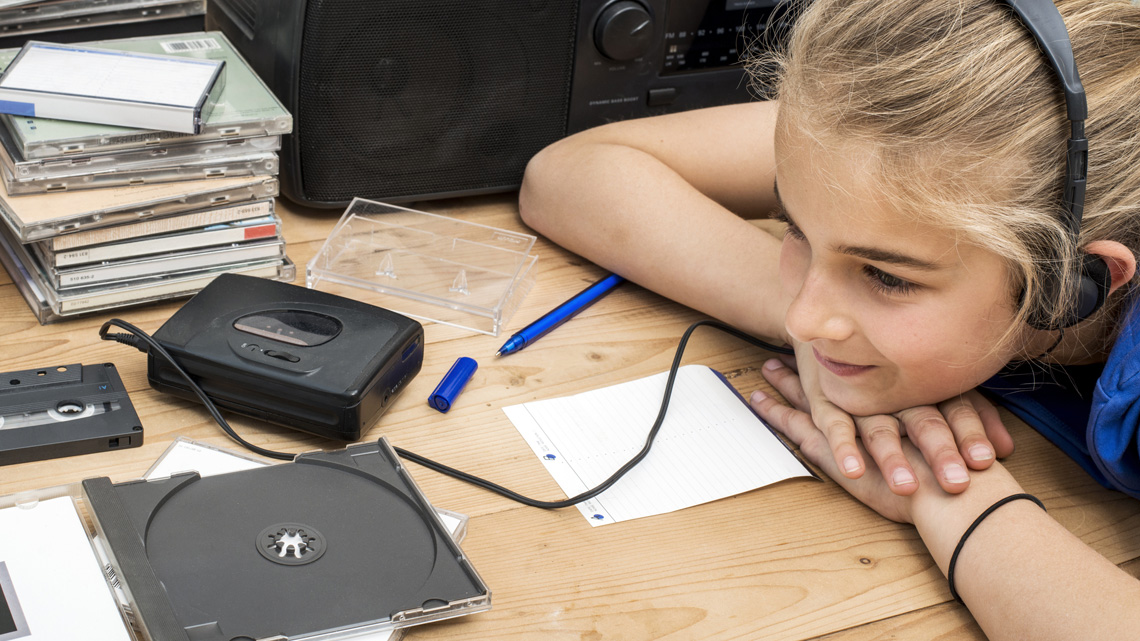Minds On
The elements of a media text
All types of media texts have different elements that come together to create meaning and deliver a message.
The following carousel of images will show you different examples of a media text. For each one, think about what the different elements are and how they contribute to the message being delivered. For example, a poster uses colours, word choice, as well as the size and location of the poster to deliver its message.
Student Success
Think-Pair-Share
Independently or with a partner, brainstorm different media texts and the various elements within them that come together to deliver a message. Highlight the elements that stand out as the most important.
Note to teachers: See your teacher guide for collaboration tools, ideas and suggestions.
Action
Comparing media texts
You have had an opportunity to discuss many different types of media texts and the elements that come together within media texts to deliver an effective message.
Choose a type of media text that you connect with from the options in your Minds On activity (you can also think of one that you didn’t put on your list).

Find four examples of your chosen type of media text that are a little different from each other. If you choose music, you might find four different genres of music. If you choose magazine advertising, you might find four different products being advertised.
For each example of your media text, describe five different elements within it that help to deliver its message effectively. Use the organizer below or another organizational tool of your choice to record your findings. Return to the class discussion from our Minds On activity if you need some inspiration.
Complete the Comparing Media Texts in your notebook or using the following fillable and printable document.
|
Comparing Media Texts |
|
|
Type of media text chosen: |
|
|
Example 1 of Media Text: |
|
|
Element 1: |
How is it important to the message? |
|
Element 2: |
How is it important to the message? |
|
Element 3: |
How is it important to the message? |
|
Element 4: |
How is it important to the message? |
|
Element 5: |
How is it important to the message? |
|
Example 2 of Media Text: |
|
|
Element 1: |
How is it important to the message? |
|
Element 2: |
How is it important to the message? |
|
Element 3: |
How is it important to the message? |
|
Element 4: |
How is it important to the message? |
|
Element 5: |
How is it important to the message? |
|
Example 3 of Media Text: |
|
|
Element 1: |
How is it important to the message? |
|
Element 2: |
How is it important to the message? |
|
Element 3: |
How is it important to the message? |
|
Element 4: |
How is it important to the message? |
|
Element 5: |
How is it important to the message? |
|
Example 4 of Media Text: |
|
|
Element 1: |
How is it important to the message? |
|
Element 2: |
How is it important to the message? |
|
Element 3: |
How is it important to the message? |
|
Element 4: |
How is it important to the message? |
|
Element 5: |
How is it important to the message? |
Press the ‘Activity’ button to access Comparing Media Texts.
Consolidation
Creating a teacher plan
Your teacher has asked you to teach a new student about the different elements of media texts and how they deliver a message.
As you plan what you are going to teach this new student, consider the following:
- What information will you teach them?
- How will you teach them in an effective way?
- How will you know if they understand what you taught them?
Now create a “teacher plan” for this task. Record your teacher plan in a way that has meaning for you, remember to be detailed. You can create an oral teacher plan, record an audio teacher plan, or write a teacher plan using an organizational tool of your choice.

Reflection
As you read the following descriptions, select the one that best describes your current understanding of the learning in this activity. Press the corresponding button once you have made your choice.
I feel...
Now, expand on your ideas by recording your thoughts using a voice recorder, speech-to-text, or writing tool.
When you review your notes on this learning activity later, reflect on whether you would select a different description based on your further review of the material in this learning activity.



